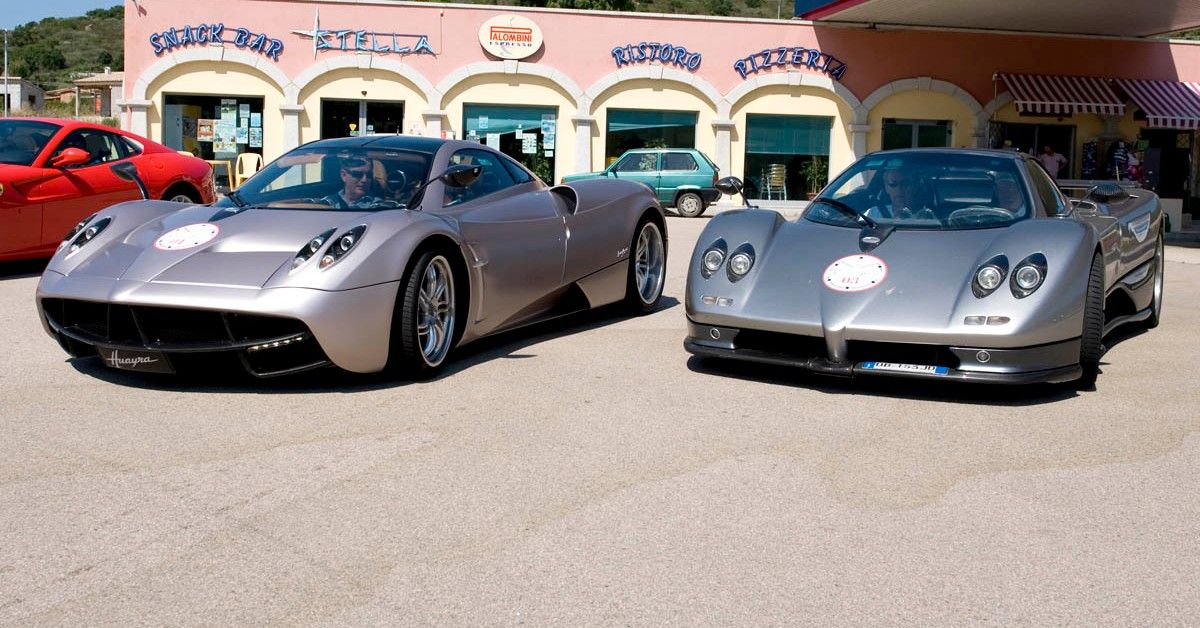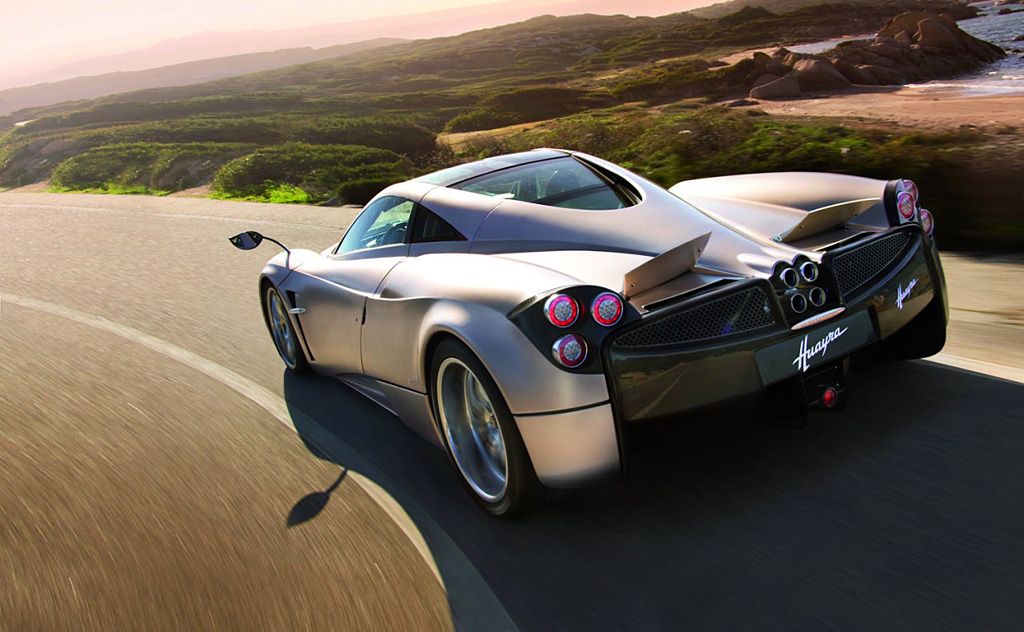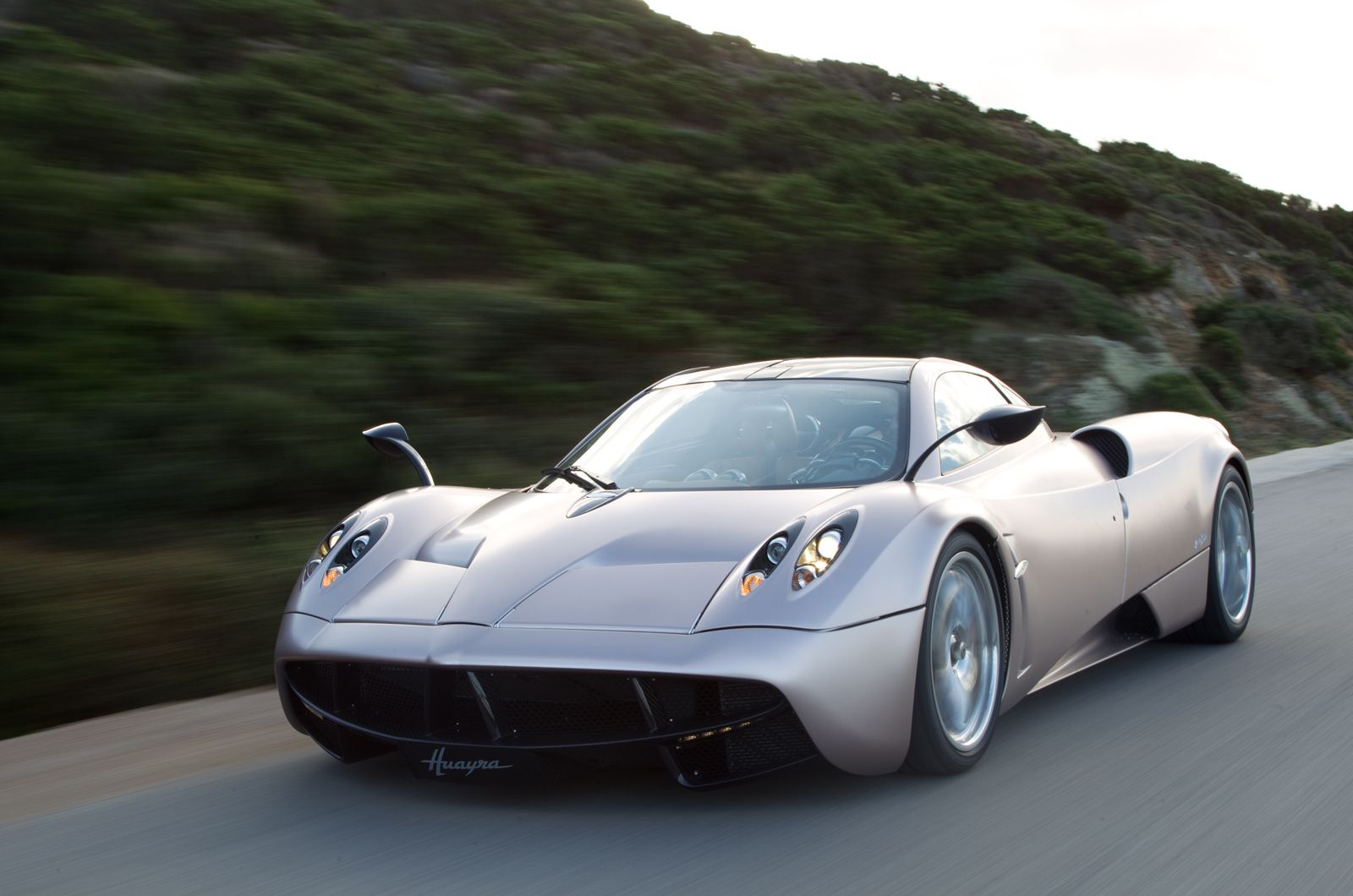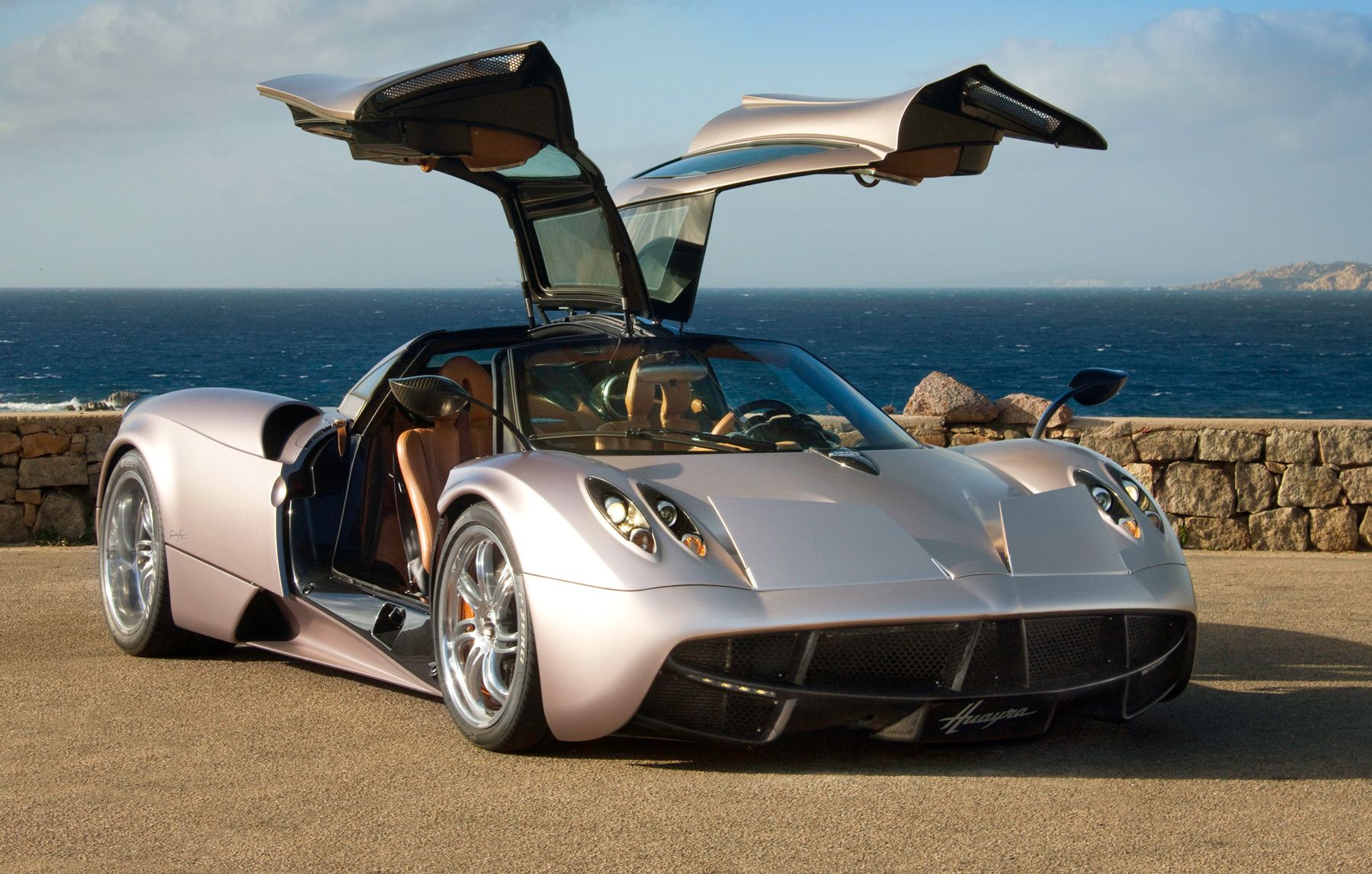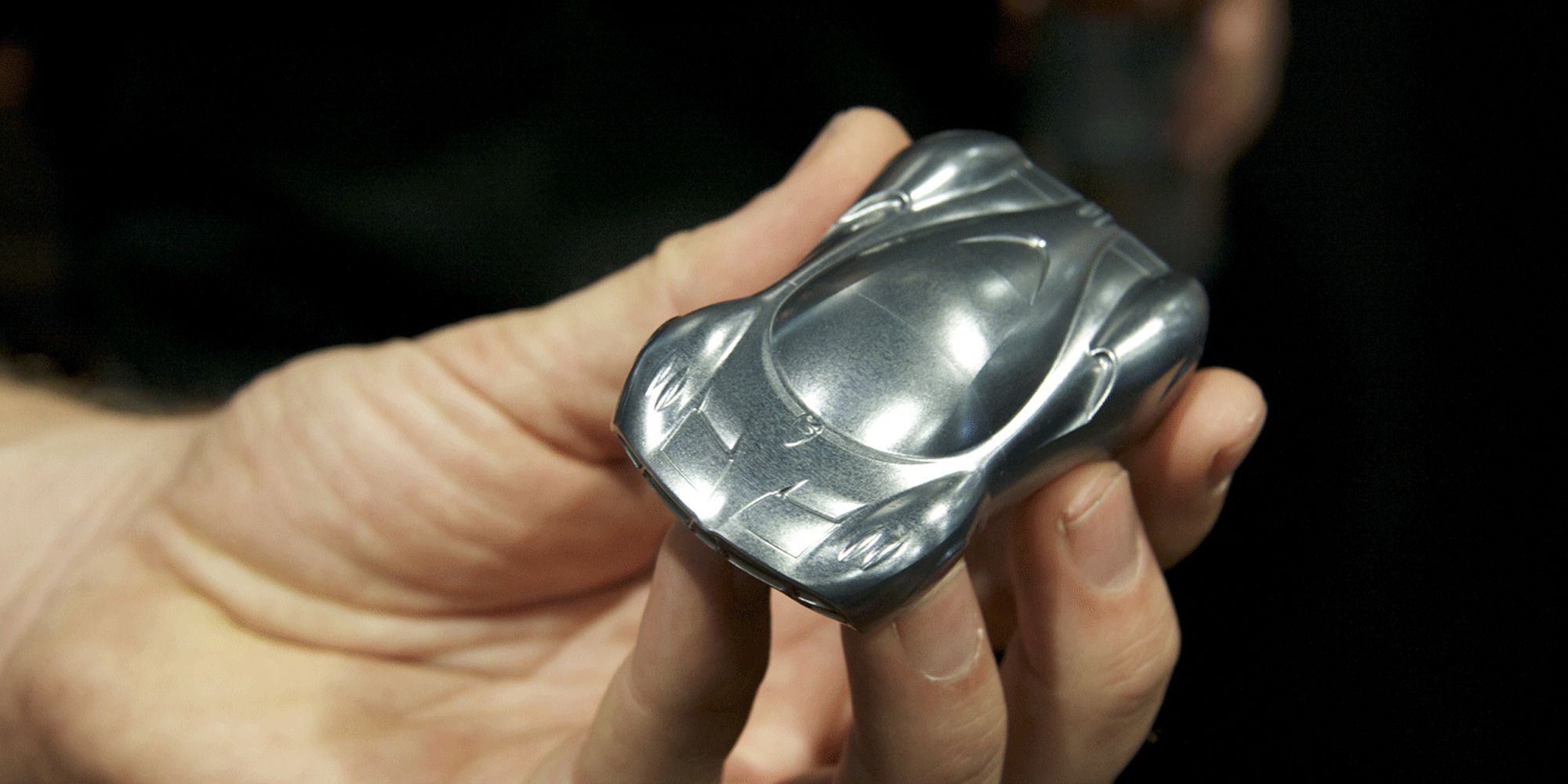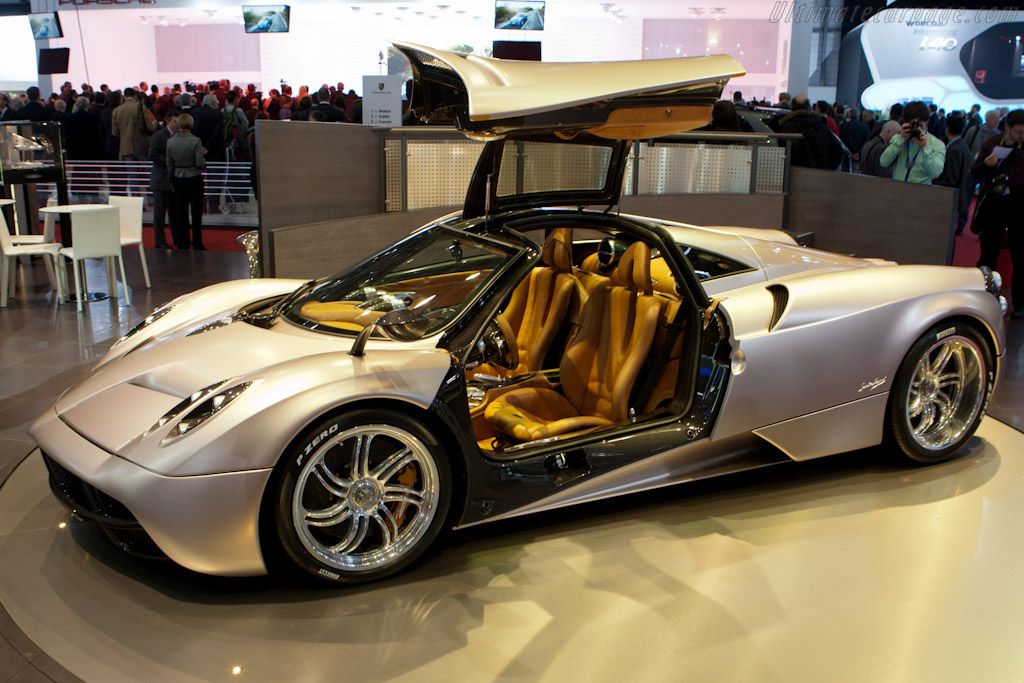Pagani is one of those manufacturers that many don’t understand. Most people assume it’s just another kit car, which as an enthusiast, I can vouch for it not being one. Seeing Paganis out and about, which let’s be honest is like witnessing a shooting star. It’s an occasion shall we say. Most Paganis end up being garage queens that rarely see the light of day.
Badged as hypercars, Pagani’s exquisite craftsmanship and attention to detail are unrivaled by the supercar marques and so is the level of performance. Where a supercar costs couple of hundred thousand dollars, these extravagant pieces of machinery start in the millions and go even further depending on the level of personalization.
The Pagani Huayra came in 2011 as a successor to the critically acclaimed Zonda. It befits the Pagani badge and sports it rather proudly. The Huayra easily qualifies as “art on wheels” and with such levels of artistry, it's hard to find faults.
We know how the Zonda is a poster car for millennials. Replacing a car like that, the Huayra had a lot riding on it. Is the Huayra a worthy successor to the Zonda? We think so and here’s why.
Pagani Huayra- A Brief
If you found the word “Huayra” fascinating, there’s every reason to be. Horacio Pagani is a fan of mythology and wanted something that portrayed deep emotion. Since the Huayra was sculpted with aerodynamics in mind, calling it the “god of wind” sounds appropriate. Let’s be honest, Huayra is not a word that rolls of the tongue. Aside from its quirky cocktail of syllables, the Huayra is a genuinely fascinating piece of machinery.
The Pagani Huayra uses a Mercedes-sourced 6.0-liter twin-turbocharged V12 making 720 horsepower and 738 lb-ft of torque. When the Huayra BC Roadster was launched, it debuted a modified version of this (M158 codenamed) V12 with several tweaks to increase power and efficiency. Weighing in at just under 3000 pounds, the Huayra was capable of reaching a top speed of 238 mph and could accelerate from 0 to 60 mph in 2.9 seconds. The level of aerodynamic sorcery at play was a first for Pagani and the execution was a display of Horacio’s engineering and artistic skills, something that’s rare in today's automotive industry.
Horacio set out to build a worthy successor to the Zonda. The Huayra was available as a coupe when it was introduced and in 2017 Pagani launched the Huayra roadster. Each limited to just 100 units worldwide, the Huayra is not a common sight. Even the Zonda had a close relation to “wind.” It represents an enervating hot air that sweeps down from the Andes. Talk about verbal theatrics. This relation was turned to 11 in the case of the Huayra.
Unparalleled Levels Of Perfection And Attention To Detail
Just like the Zonda, witnessing a Pagani Huayra is a feast for your eyes. Pagani's interiors represent the highest level of precision and attention to detail. The exterior is impeccably sculpted with sumptuous curves never before seen on a road car. For instance, the wing mirrors (literally mounted on the front wings instead of the doors) resemble the shape of a woman’s eye. Nobody in the automotive business can think of something like this and genuinely pull it off unless it's Pagani.
Another example is the Huayra badge found on the rear bumper. It is made out of a solid block of aluminum and takes 24 hours to complete the process. Customers are presented with the block of aluminum from which the badge has been machined when they take delivery of the car. Another piece of Pagani trivia is its bolts. Each of the 1400 bolts in the Pagani Huayra is cast from grade-7 Titanium with each individual bolts having the Pagani logo etched into it. At more than $80 apiece, the price of the bolts alone is in excess of $112,000.
The Huayra Is Not For The Rational Buyer
A Pagani Huayra coupe was around $1 million back when it was new. Prices have rocketed to around $3.4 million dollars for the recently launched Huayra roadster. Indulge in some of the expensive options and that price could easily go up. Custom paint can cost between $39,000 to $134,000, a 7-piece luggage set is $20,150, premium interior leather is $10,650, custom brake caliper colors are a $5,050 dollar option and the least expensive option is changing the seat belt color which is $1,150. Apart from these, Pagani offers a lot of customization options for its customers. Unlike the Zonda where Pagani was largely a budding company, things have changed and if you have the money, Pagani will make your wish come true.
All examples of the Huayra have been sold out but occasionally a few end up hitting the market. Asking prices have gone well above their original MSRP. Most of its new owners are paying the premium whilst some are willing to but there aren't enough Huayras available for purchase- A glimpse at one of the many problems the mega-rich have to endure.
Sources: Evo, YouTube

